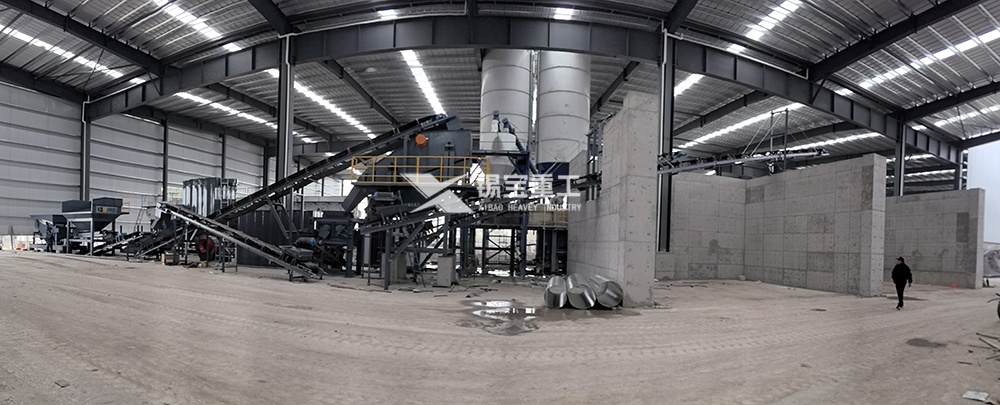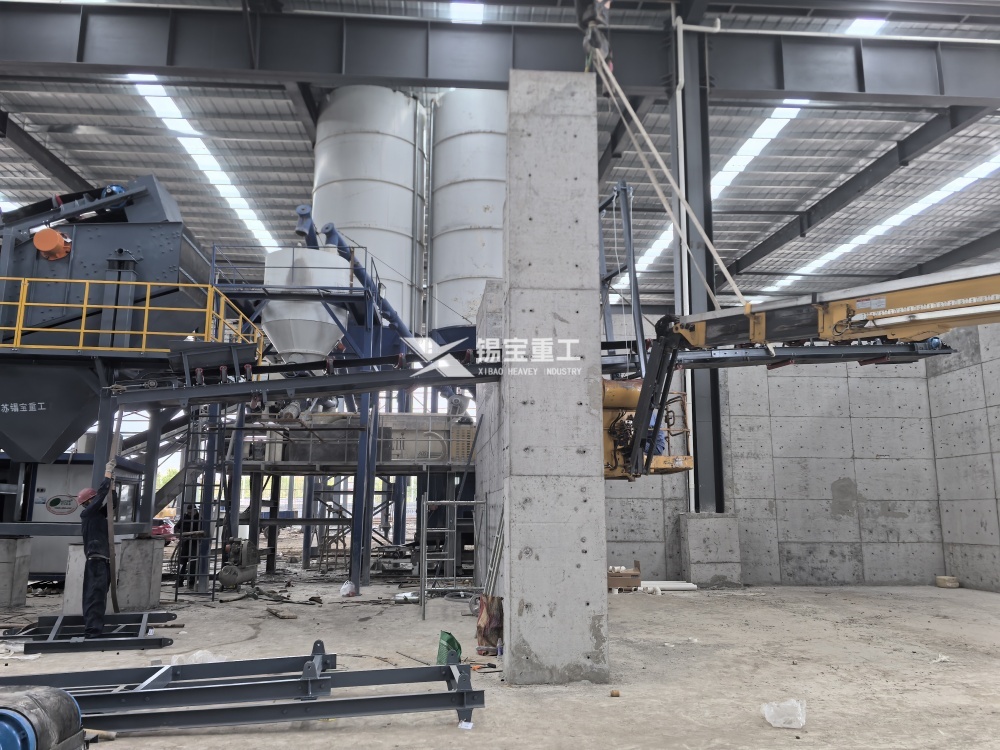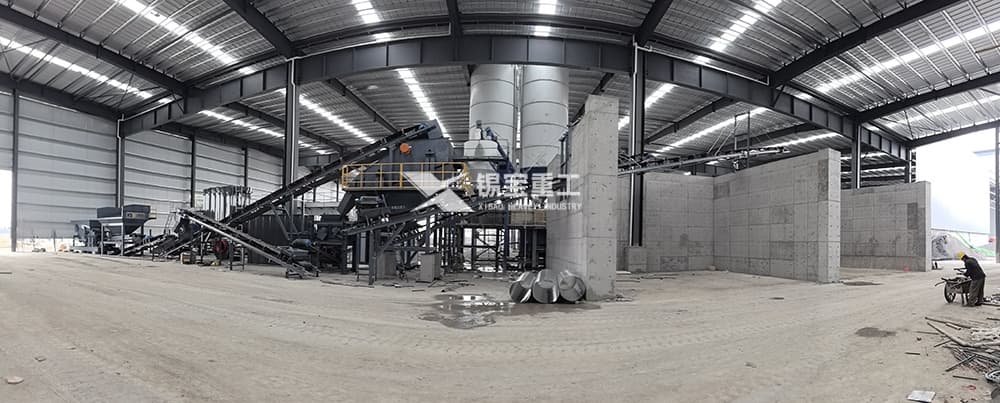
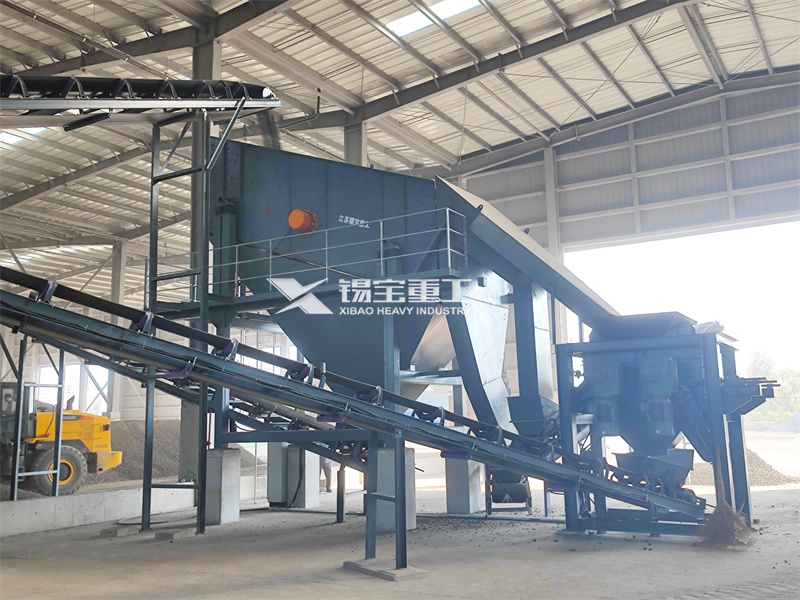
The reason why many road laying companies are willing to choose milling, planing, crushing, and screening equipment now is actually because it values its advanced production technology, convenient and simple operation, and high work efficiency. It can not only crush but also screen, which can increase the strength of recycling waste asphalt pavement.
Our country attaches great importance to the recycling of asphalt pavement, because asphalt pavement that has reached its service life will be damaged. If such asphalt pavement is not recycled, it will affect driving safety. Especially for asphalt pavements that have been severely damaged, it is even more necessary to excavate, thoroughly crush and screen them, so that some asphalt pavements that have reached their service life can be recycled and reused by more than 90%. It can be imagined that this aspect alone can reduce investment costs in road laying, especially by directly crushing and screening at the construction site, which can also eliminate transportation costs.

The milling, planing, crushing, and screening equipment can be debugged. For example, for some large blocks of asphalt waste, through equipment debugging, the large blocks of asphalt waste can be crushed to meet the standards for laying asphalt pavement. However, after crushing and screening these waste materials, they cannot be directly laid on asphalt pavement because the viscosity of these waste asphalt pavements is insufficient, and some have even aged. New materials and asphalt need to be added, and then mixed to ensure a certain viscosity. Only then can the asphalt pavement be laid with sufficient hardness, strong load-bearing capacity, and longer service life.
When excavating waste asphalt pavement, it is also necessary to consider the thickness of the asphalt pavement, as the thickness varies when laying the asphalt pavement. When excavating, it is also necessary to consider the thickness of the asphalt pavement, as only by excavating and breaking according to the thickness can more impurities and waste be avoided, which will affect the quality of the waste.
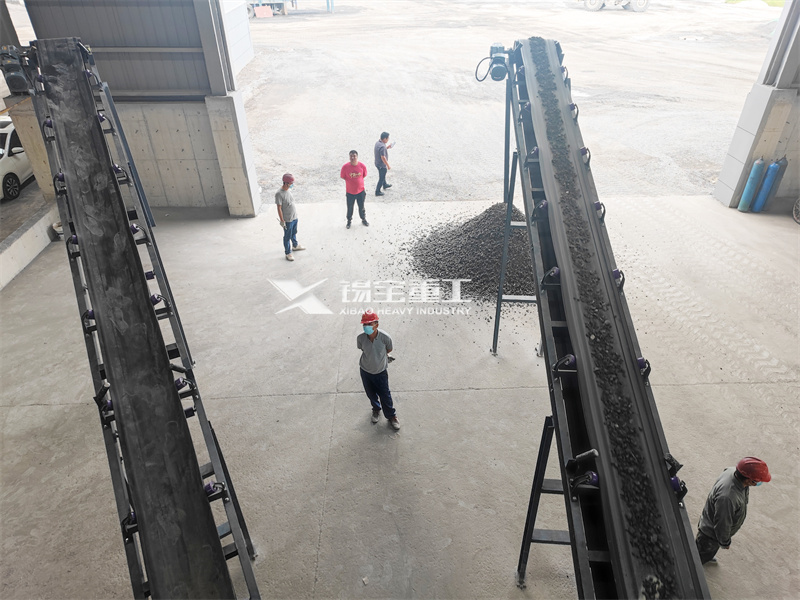
When using milling and crushing equipment to recycle and utilize asphalt concrete waste, as long as the process is followed during operation, the recycled waste asphalt pavement material can be added to the new material through crushing and screening. Generally, the proportion added is about 30%. Due to the addition of these waste asphalt materials, the addition of new materials can be reduced, and the investment cost can be reduced during pavement laying.
